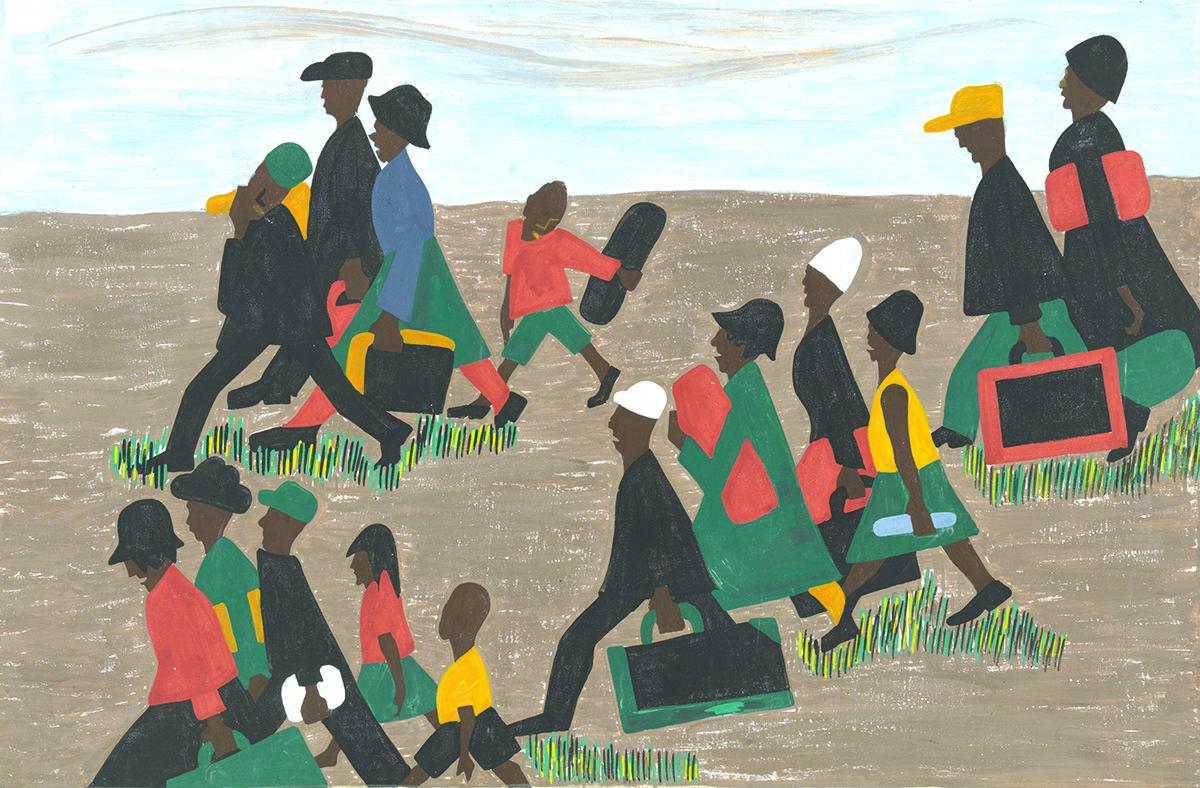Before joining this class, I’ve always learned history by repeating dates and naming a few important people and events so that I can regurgitate that information on a test. After reading Equiano’s ‘Interesting Narrative’, I found that it’s much easier to understand a particular point of view. For example, Equiano’s view on race in Africa was that there were different people with different languages, but those languages were similar enough that they could understood. I feel if more grade schools implemented using autobiographical primary sources, students would be able to grasp the concepts and perceptions of varying historical events.
In a 2017 article by “The Conversation”, the author begs the question, are movies a good way to learn history? In the article the author speaks on some movies that reflect different historical periods and events. Some of these were: Hidden Figures, Fences, and The Alamo. One essential argument they use is the fact that having visual representations makes remembering easier. They also noted the negatives of movies depicting history, such as how movies can inaccurately portray certain events which can confuse students.
I chose to use this article because while reading, students create visual movies in their heads. Students can do this more easily if they have an autobiography or just a primary source that they can use to create the movie. Using Equiano’s narrative, for example, because he described his settings, tribe, and the white men the way he did, it’s easier to create that mental movie. We could use Equiano as the main actor and his point of view as the plot. In the end, it would be a lot easier for students to understand point of views and events if they have these mental movies that can best be created through autobiographical primary sources.
https://theconversation.com/are-movies-a-good-way-to-learn-history-75976
